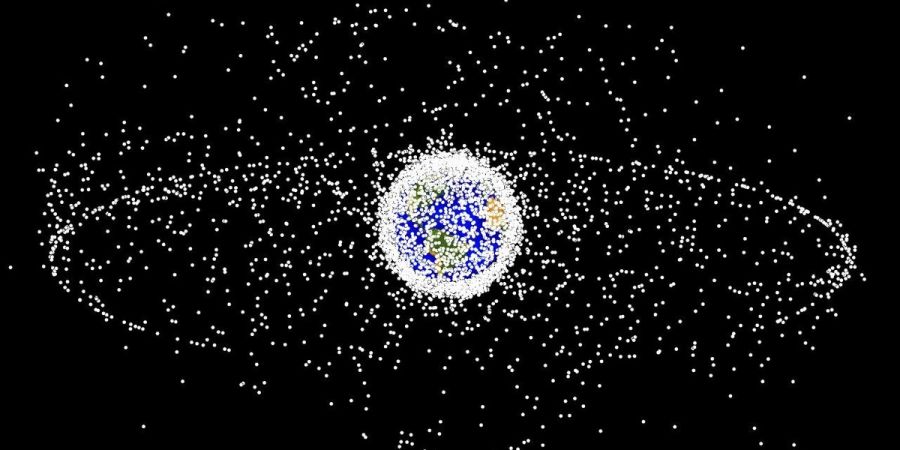

The Space debris in Earth’s lower orbit threatens current and future spacecraft, posing a growing economic and environmental risk. As international space programs continue to develop new space technology for space exploration, technology must be developed to remove the debris threatening the future missions of all spacecraft. This is to avoid collisions between valuable spacecraft and debris, thus wasting space program funding and polluting Earth’s lower atmosphere. There are many different ways to remove space debris, and vary in practicality depending on the type of debris the debris removal system is targeting and necessary efficiency to adhere to time constraints. Active debris removal methods require physical contact with and removal of debris to prevent debris from colliding with other debris or with spacecraft. Technological advances in strategizing debris removal involve the systems put in place in the active removal systems to assists spacecraft in avoiding collisions with debris or other spacecraft. If conservation efforts for Earth extend beyond its surface and into the atmosphere, the environmental impact as a result of increased funding will be observable and has both environmental benefits for Earth’s atmosphere and economic benefits for international space programs.Laboratory experiments have shown that bi-directional plasma ejection from an open exits magnetic nozzle rf plasma thruster can impart a force to space debris whilst maintaining a zero net thrust force to the thruster (and satellite). The simultaneous measurements of the forces to the thruster and the target plate show that the two forces can be controlled by the magnetic field configuration and/or the gas flow rates from the left and right gas inlets respectively. Therefore, the system can be operational in three modes; the acceleration mode of the satellite, the deceleration mode of the satellite, and the space debris removal mode. These can be brought into play by simply switching electric signals to the solenoid current and the mass flow controller. As there is no movable mechanical structure this thruster configuration can provide new technology for the removal of space debris.
Orbital debris is any man-made object in orbit around the Earth which no longer serves a useful function. Such debris includes non-functional spacecraft, abandoned launch vehicle stages, mission-related debris and fragmentation debris. Currently, there are more than 20,000 pieces of debris larger that a softball orbiting the Earth and 500,000 of the size of a marble.They all travel at speeds up to 7.5 km/s, fast enough also for a small piece of debris to damage a satellite or spacecraft. In Figure 1 we can see a sample picture illustrating the huge number of debris orbiting the Earth. Moreover, there are millions of smaller debris that are not tracked in their motion around the Earth. It is clearly seen how that huge number of objects can pose problems for the future of space exploration and Exploitability hence the need to find a solution to this growing issue.






